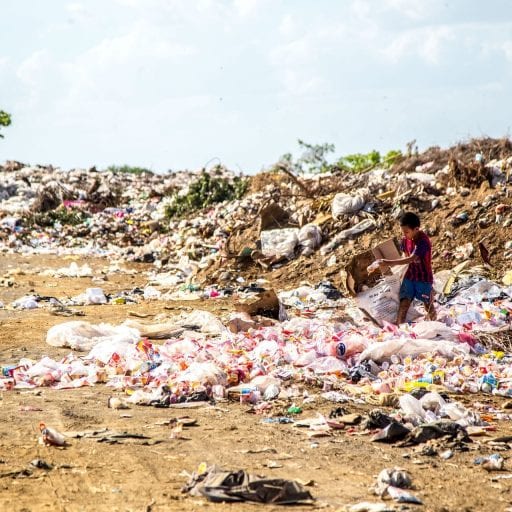Ginger Adams, Arthur Bruneau, Anthony Gosselin, Matthew Withington
Bullard, Robert D. Dumping in Dixie: Race, Class, and Environmental Quality. Boulder: Westview Press, 1994. Print.
Robert D. Bullard is well known for leading the campaign against environmental racism in the south of the USA. He is referred to as the “father of environmental justice.” He has won the Conservation Achievement Award, Environmental Leader of the Century, and others. In 1994 President Bill Clinton signed an Executive Order 12898 due to the advice given to him by the National Environmental Justice Advisory Council, which Dr. Robert D. Bullard was a large part of.
The type of publication is in book form. It focuses on the differences on the populations and how they are treated regarding hazardous waste in their communities. He went to find that those hazardous waste sites are located closest the communities with the largest minority population in that state. He makes a point in the book that civil rights movement helped the black community a formula to fight for their rights.
The main argument of this chapter is about an institutional racism which is very present in the South of the United States. That results from an enduring legacy of the slavery and plantation culture of the 19th century. The gap between the whites and blacks is not anymore only about social or political issues but also about noticeable differences in the quality of the living standards from the environmental perspective. After having described Southerners as people that “have less education, lower incomes, higher infant mortality rates and lower life expectancy than Americans elsewhere”, Bullard focuses on how this kind of racism leads to unfair environmental protection for minority populations which is a part of his concept of Environmental Racism. He defines this concept as “any policy, practice, or directive that differentially affects or disadvantages (whether intended or unintended) individuals, groups or communities based on race or color”. Many statistical evidences are outlined in this chapter to hone this concept as well as specific cases which happened in Louisiana. For instance, in Sunrise, the African American people did not received the same buyout offers from Placid Refining Company as the white people there.
Bullard does an exemplary job of providing evidence to support the concept of environmental racism. For instance, Bullard describes the disproportionate number of African American children that are affected due to lead poisoning in America. The subsequent evidence on page 99 states,
“Lead poisoning affects 3 to 4 million children in the United States – most of whom are African American and Latinos… The Federal Agency for Toxic Substances and Disease Registry found that in families earning less than 6,0000 dollars per year, 68 percent of African American children had lead poisoning, compared with a 36 percent of white children… even when the income was held constant, African American children were two to three times more likely than their white counterparts to suffer from lead poisoning” (Bullard 99).
This evidence is a powerful demonstration of the environmental injustice Bullard wants to expose in America. Bullard doesn’t limit the statistics of the affected children to one income level, instead he references various income ranges. Then, by including the statistic where the income was held constant, the environmental racism within these lead poisoning statistics is highlighted.
Bullard also explains the unequal representation that minorities have in the federal EPA. Out of the eighteen thousand employees in the EPA, approximately one fourth of them, 26%, are minorities (Bullard 101). Yet minorities are even more underrepresented in management, where they makeup only 9.7% of the staff. (Bullard 101). By mentioning the role that minorities play on the federal side of environmental affairs, Bullard is able to connect the injustices minority groups face in everyday life to those faced in the professional world.
Bullard doesn’t have any weak evidential support for his arguments. Throughout the chapter, Bullard flows with evidence and arguments, allowing for each argument to build on the previous one. This strong writing style is highly desirable in topics like this as there are strong opinions for both sides. This writing style can also be found in Pellow’s writing.
Both Bullard and Pellow mention the concept of environmental racism in their chapters. Although, Bullard does a far better job than Pellow at providing evidence supporting this concept. Pellow attempts to univel environmental racism in the world, but provides lackluster evidence when doing so. Bullard picks up where Pellow left off and states various instances where minorities suffer due to environmental racism in America.
This work really goes in depth into the concept of environmental racism. It raises questions on how did America get to this point? Is this happening in other countries? How is this dynamic also present in the international level? Many minority-dominated areas do not receive as high quality of environmental aid as majority white areas, if any help at all. Are there any other factors that contribute to this dynamic other than race? These are some of the questions that arise after reading this piece.
